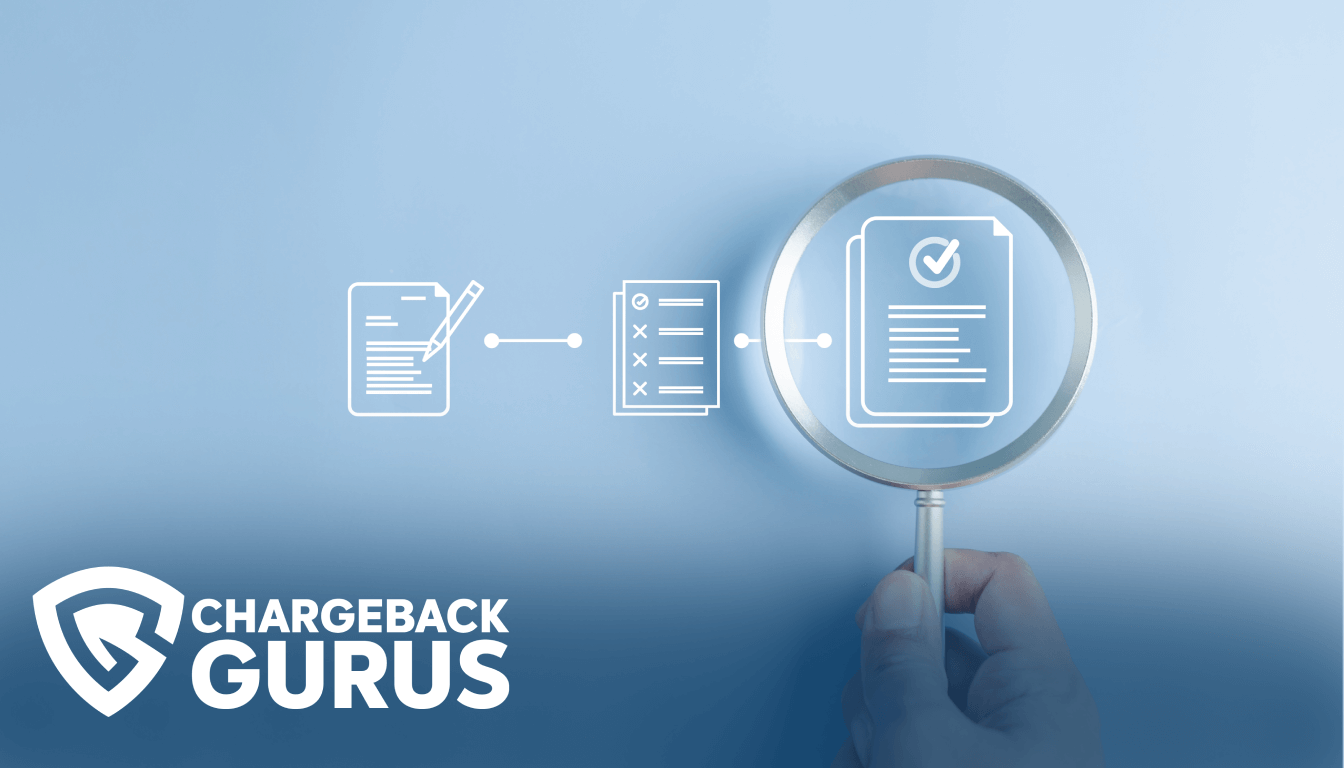Visa Chargeback Reason Code 75: Consumer Disputes

Table of Contents
- What is Visa chargeback reason code 75?
- What causes code 75 chargebacks?
- What's the time limit to respond to code 75 chargebacks?
- How can merchants fight code 75 chargebacks?
- How can merchants prevent code 75 chargebacks?
- About Visa chargeback reason codes
Merchants who receive a chargeback for a transaction placed with a Visa card may encounter reason code 75, which indicates a disputed transaction that the cardholder does not believe they should be responsible for paying. The actual underlying cause of this chargeback may be true fraud, friendly fraud, or merchant error. Merchants who believe they have received an invalid chargeback under reason code 75 may be able to represent the transaction and reverse the chargeback with the right compelling evidence.
What is Visa chargeback reason code 75?
Visa chargeback reason code 75 falls under the “Consumer Disputes” category. The shorthand description is “Transaction Not Recognized.” The use of this reason code indicates that the cardholder does not recognize the transaction as it appears on their bank statement.
This chargeback reason code was retired by Visa in April 2018.
At present, when a cardholder contacts their issuing bank to dispute an unrecognized charge, the issuer should attempt to gather more information and details and, if appropriate, assign the resulting chargeback to the fraud-related reason code that most closely matches the facts of the situation.
What causes code 75 chargebacks?
While this reason code is no longer in use, the underlying circumstances behind it remain quite common and can fuel other fraud-related chargebacks. Oftentimes, the true cause of this chargeback was that the cardholder simply didn’t recognize the billing descriptor on their bank statement.
This often happened when the merchant forgot to update their billing descriptor to include a website, phone number, or store name that the cardholder would easily recognize. It’s not uncommon for a merchant to register their merchant account under an LLC, and for the billing descriptor to show that name, while the business presents itself to customers under an entirely different name.
Of course, this reason code could also show up in cases of true fraud, where the customer didn’t recognize the charge because they really didn’t place or authorize it themselves.
Friendly fraud was also a common cause of this reason code, as it is easy enough for cyber-shoplifters to lie and claim that a transaction was unfamiliar and probably fraudulent just to get their bank to allow a chargeback.
What's the time limit to respond to code 75 chargebacks?
The acquirer or merchant has 30 days to respond to a chargeback filed under reason code 75.
How can merchants fight code 75 chargebacks?
- A copy of the transaction receipt or a document detailing the goods or services that were purchased.
- Additional product or transaction data not included in the clearing record.
- For aggregated transactions, provide details of the individual purchases that were aggregated.
How can merchants prevent code 75 chargebacks?
The best way for merchants to prevent this chargeback was to use easy-to-recognize billing descriptors. When it’s easy for cardholders to connect the billing descriptor to the merchant they shopped with, nearly all but the true fraud and deliberate friendly fraud chargebacks could be prevented.
The following best practices can help you avoid this kind of chargeback:
- Make sure your merchant descriptor is easy for cardholders to recognize when they view their bank statements. Check to make sure it isn’t showing the name of an older business entity that does not match the name your customers know you by and include a web URL and phone number if possible.
- If possible, use dynamic billing descriptors, which are allowed to carry variable details such as the exact goods or services purchased in the transaction.
- Provide frequent and transparent communications to the cardholder, especially if billings are delayed or on a recurring basis. This will help them remember who you are and what your transactions are for.
About Visa chargeback reason codes
Reason codes are alphanumeric codes that provide the justification for granting a chargeback. Pursuant to the Fair Credit Billing Act of 1974, cardholders have the right to dispute unauthorized or erroneous charges, and issuing banks must reverse a disputed transaction if the cardholder’s claim is valid.
When a cardholder contacts their issuing bank to dispute a transaction and receive a chargeback, the dispute is assigned a reason code that most closely matches the substance of the cardholder’s claims. The reason code provides the merchant and other stakeholders in the dispute with a concise explanation for why a chargeback has been granted.
Each card network—Visa, Mastercard, American Express, and Discover—defines and maintains their own unique set of reason codes, which are applied to disputes by the banks that issue credit and debit cards under their brands.
Visa specifies 46 reason codes under the categories of Fraud, Authorization, Point-of-Interaction Error, Consumer Disputes, and Processing Errors. Visa uses a numeric scheme for its chargeback reason codes.
Understanding chargeback reason codes is one of the most essential parts of effective chargeback management. Identifying the chargeback reason code and the evidence required to fight it is the first step in chargeback representment, and analyzing your chargeback reason codes can provide you with insights into what types of disputes are causing you the most trouble. With this information, you can determine the root causes of your chargebacks and take action to prevent them from reoccurring.


